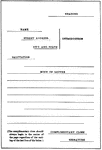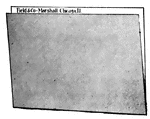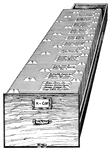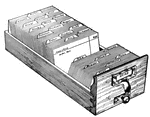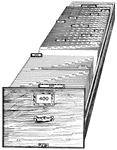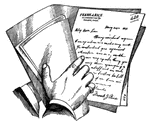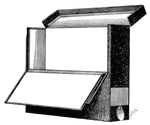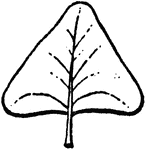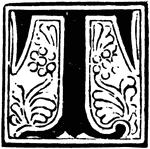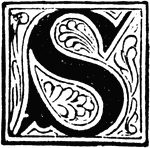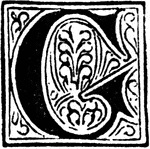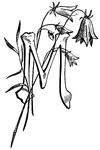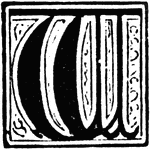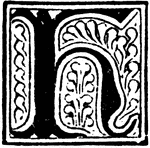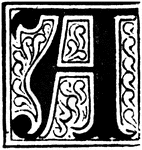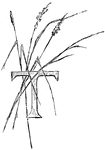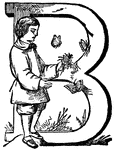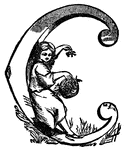
Breakfast Room
"The Breakfast Room. This is a view of the room in the Robinson House in which Arnold was at breakfast…

Morven
"Morven, Stockton's estate. This sketch is from the lawn in front, which is shaded by venerable pines…

Washington's head-quarters
"Washington's head-quarters. This view is from the Reading rail-road, looking east, and includes a portion…
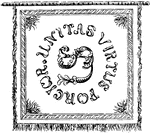
Pulaski's Banner Front
"Pulaski's Banner. On one side of the banner are the letters U. S., and in a circle around them the…

Lick Creek Bottom - Horse and Rider
"Advance of Federal troops on Corinth- the Carnival of Mud- scene at Lick Creek Bottom, between Pittsburg…
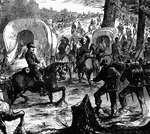
Lick Creek Bottom - In the Mud
"Advance of Federal troops on Corinth- the Carnival of Mud- scene at Lick Creek Bottom, between Pittsburg…
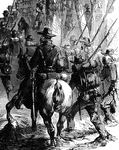
Lick Creek Bottom - Marching through the Mud
"Advance of Federal troops on Corinth- the Carnival of Mud- scene at Lick Creek Bottom, between Pittsburg…

Bastile Key
"Key of the Bastile. This key of the old Paris prison known as the Bastile, was sent by La Fayette to…

Jamestown Island
"Distant view of Jamestown Island. This view is from the north side of what was once a marsh, but now…

Hippopus maculatus
"The shells of the Hippopus maculatus are smaller but are more beatiful, and are used in the…
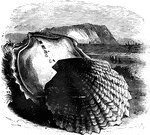
Pearl-oyster
"Furnishes the fines pearls; the shells are also imported in vast quanities, the inner layer, known…

Daffodil
"Daffodil is the popular name of a plant which is one of the earliest ornaments of our gardens, being…
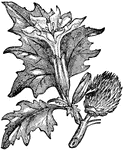
Thorn Apple
"Thorn Apple is a genus of plants. The common thorn apple is an annual plant, with smooth stem and leaves,…

Thorn Apple Bud
"Thorn Apple is a genus of plants. The common thorn apple is an annual plant, with smooth stem and leaves,…
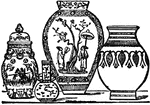
Chinese, Japanese and Indian Vases
"A Vase is a vessel of various forms and materials, applied to the purposes of domestic life, sacrificial…

Grecian Vases
"A Vase is a vessel of various forms and materials, applied to the purposes of domestic life, sacrificial…
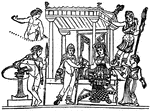
Iphegnia delivers letter to Pylades
"What in this letter is contained, what here, Is written, all I will repeat to thee, That thou mayst…

Abacus
An abacus is denoted primarily a square tablet of any description, and was hence employed in the following…
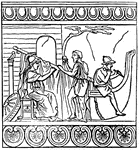
Antefixa
"Antefixa representing Minerva superintending the construction of the Ship Argo. Antefixa are terra-cottas,…

Antefixa
"The two imperfect antefixa, are amoung those found at Velletri, and described by Carloni. Antefixa…

